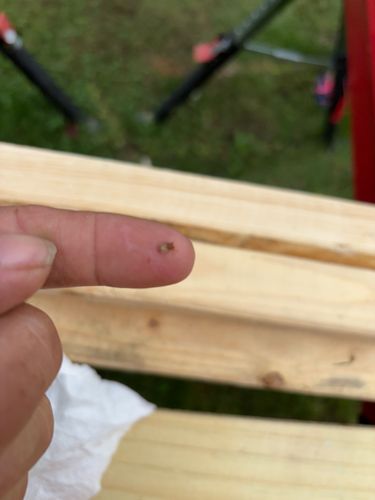Ant
Scientific Name: Formicidae (family)
Order & Family: Hymenoptera, Formicidae
Size: Typically 2 to 25 mm (0.08 to 1 inch), depending on the species and caste.

Natural Habitat
Highly adaptable, found globally in diverse habitats from forests and grasslands to urban environments. They often nest underground, in wood, under rocks, or in man-made structures.
Diet & Feeding
Highly varied, depending on the species. Many are omnivores, feeding on nectar, seeds, fungi, insects (both living and dead), and honeydew produced by aphids. Some are specialized predators or scavengers.
Behavior Patterns
Ants are social insects living in colonies that can range from a few dozen to millions of individuals. They exhibit complex social behaviors including division of labor (queens, workers, males), communication through pheromones, building elaborate nests, and foraging for food. Many species are known for their organized foraging trails.
Risks & Benefits
Potential risks include painful bites or stings from some species (e.g., fire ants), damage to food supplies, and structural damage to wooden structures by carpenter ants. Benefits include aeration of soil, seed dispersal, pollination, and serving as natural pest control by preying on other insects.
Identified on: 9/28/2025